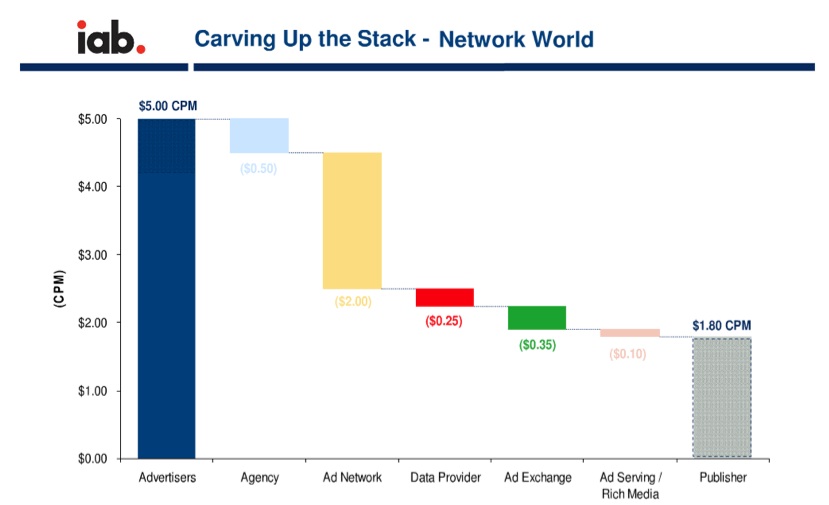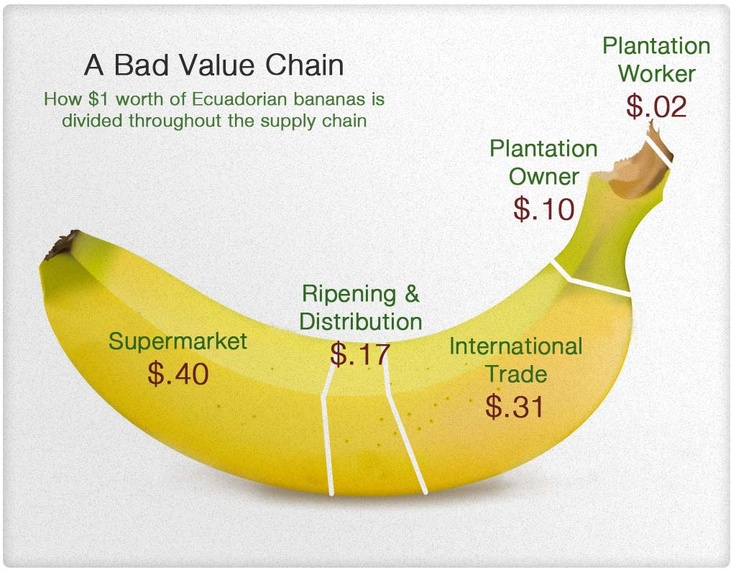At PubMatic’s 2017 Ad Revenue conference last week, one of the panels was titled “The Reality of the Ad Tax.” Moderated by Luma Partner’s CEO, Terry Kawaja, the panel included experts in the subject from a variety of players across the Lumascape:
- Eric Franchi, co-founder of Undertone
- David Moore, chairman of Xaxis, president of WPP digital
- Tyler Putterman, head of strategic partnerships, publishers at LiveRamp, an Axciom Company
- Evan Simeone, SVP of product management at PubMatic
As advertisers and brands hurriedly shift their ad spend to programmatic channels, the call for transparency around pricing and the overall value exchange has reached a fever pitch. This panel shed light on this divisive subject and addressed a range of topics, including the need for fee transparency, the future of ad tech arbitrage, what constitutes a fair take rate, and more.
The conversation around the “tax” imposed by the programmatic supply chain has been happening since automation first came to digital advertising over a decade ago. The dialogue originated due to arbitrage tactics executed in legacy ad network models. With the establishment of programmatic, the topic has morphed into one where a sometimes opaque ‘waterfall’ of technology fees sits in between a marketer’s dollar spent and a publisher’s dollar received. The discussion over transparency has superseded a conversation around validity.
The debate over the appropriate take rate is a healthy one to have. That said, one of the key themes that arose during the panel was to question what it is about the digital advertising supply chain that makes it so much more open to examination than other industries’. What makes our industry so unique, such that we are compelled to scrutinize every aspect of this? Perhaps more importantly, who is qualified to both understand the technology required AND the appropriate level of cost to provide these solutions? It’s likely that there is a lack of education as to what it takes to do business within a programmatic environment, confounded by a muddiness that comes from too many players in the space in general.
Does this graphic look familiar?

This image is from taken from Terry Kawaja’s May 2010 IAB Networks & Exchanges keynote presentation, proving that the topic has been talked about ad infintium for years. We have all seen the math and waxed poetic about the problems it implies. That said, if we take a look at other industries, will we have a new view as to what is acceptable? There might even be a sense of pride as to the efficiency already inherent in the digital supply chain. Here is a graphic the panel spoke to:

In this scenario, we are looking at a well established industry and what their supply chain looks like. Only 5% makes it through the entire flow to the originator of the banana, the plantation worker.
The question this raises is, what is appropriate in an ad tech world where massive infrastructure as well as human resources are necessary to make things work efficiently and effectively?
It is appropriate, and necessary, to question the take rates that technology and service providers capture along the supply chain – and in doing so we must understand the real costs of doing business and have cross-industry reference points that illustrate the reality of doing business.
Click here for more information about Ad Revenue 2017, or to watch the panel in its entirety.





